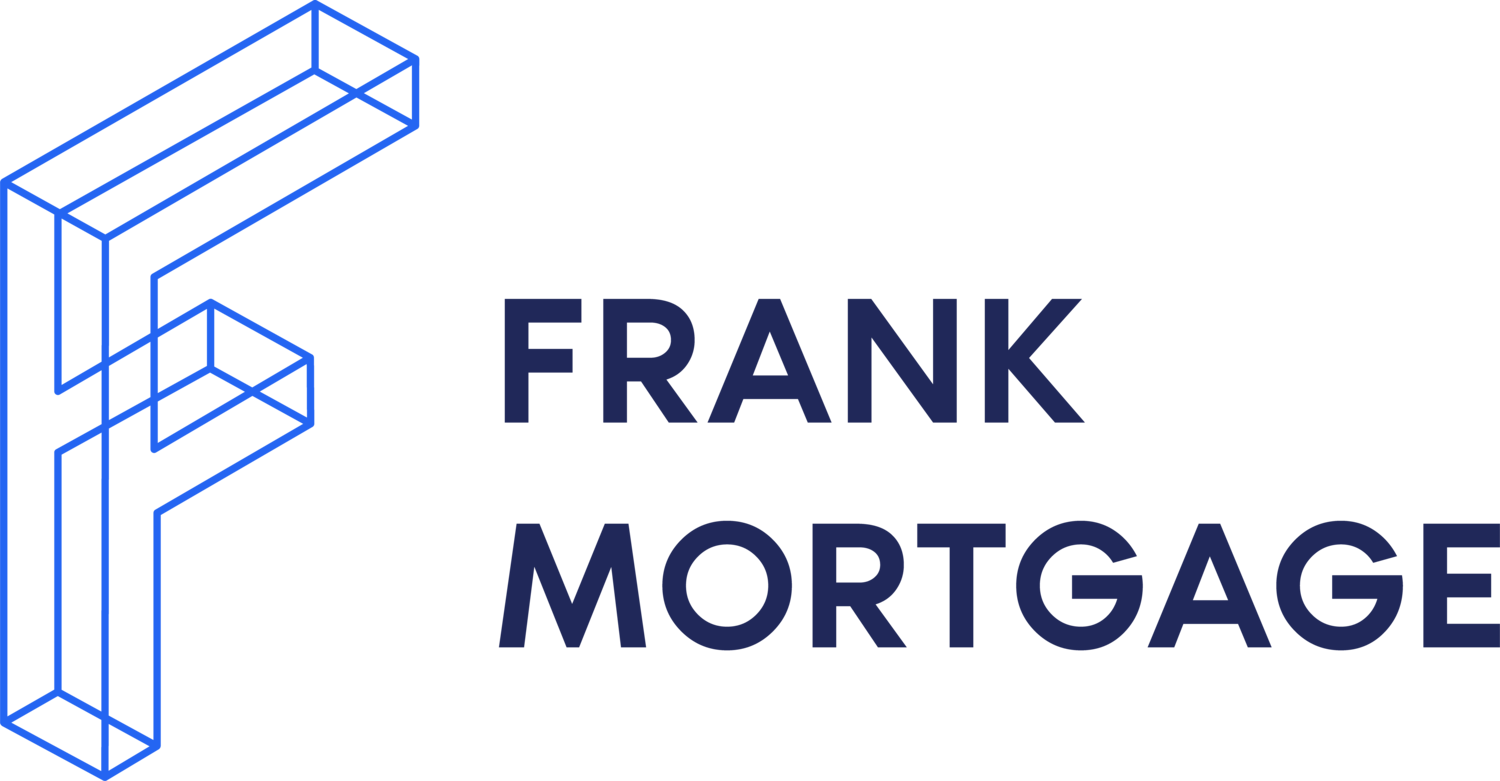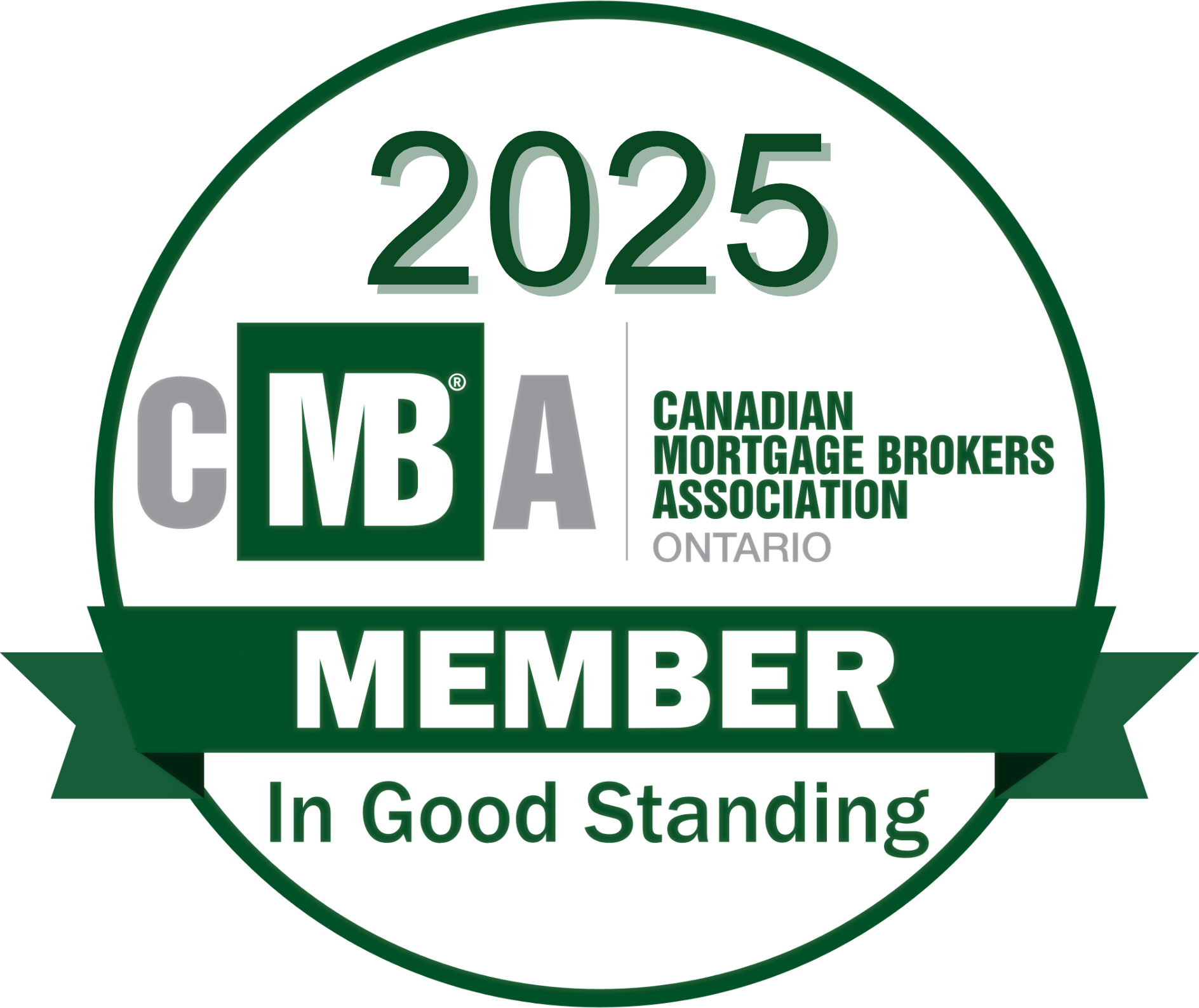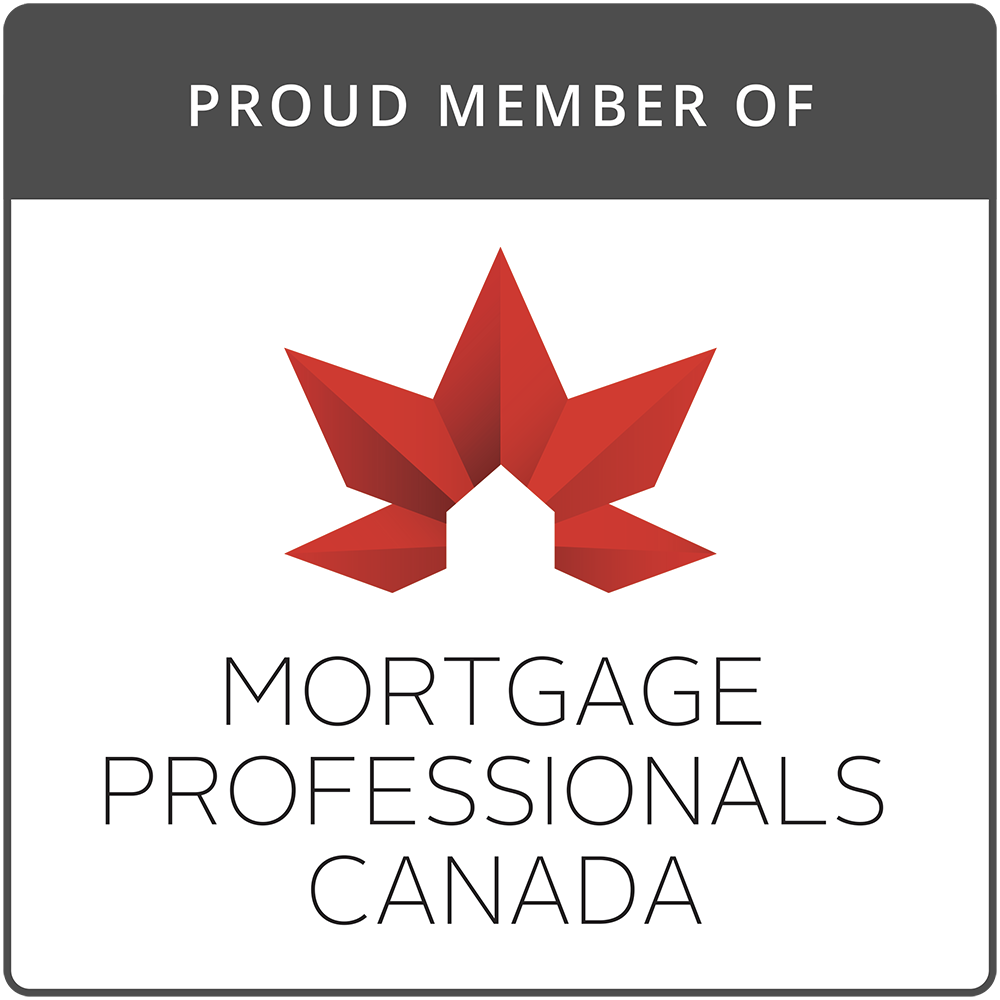How do Bond Yields Affect Mortgage Rates
Mortgage rates are a key factor that can impact the cost of buying a home and how much you can afford to borrow. If you're in the market for a mortgage or considering refinancing an existing mortgage, you may have heard about bond yields and how they can affect mortgage rates. In this blog post, we'll explain what bond yields are, why mortgages are affected by bond yields, what can affect the mortgage spread over bond yields, whether fixed rates are influenced by variable rates, and what economic factors most influence bond yields.
What is a Bond Yield?
A bond yield is the return that an investor earns on a bond investment. It is expressed as a percentage of the bond's face value and is calculated by dividing the annual interest payment by the bond's price. For example, if a bond has a face value of $100 and pays an annual interest payment of $5, its yield would be 5%.

The price of a bond has an inverse relationship to the yield. In the example above, if the yield that investors demanded to purchase the bond increases from 5% to, say, 5.5% the price on the bond would decline to below $100. Likewise, if the yield investors demanded to invest in the bond declined, the price of the bond would increase.
Why do Bond Yields Affect Mortgage Rates?
For a lender to issue a mortgage, they must get the money from somewhere. Banks will raise money from customer deposits, the capital markets and other funding facilities. Non-deposit taking institutions can’t raise deposits, so they depend on the capital markets and banks for their funding. The mortgage lender then uses this borrowed money to fund the mortgage. They make a profit by charging the borrower a higher interest rate than the rate at which they borrowed the money. To determine the interest rate on a mortgage, lenders will often look to bond yields as a benchmark. This is because bond yields represent the cost of borrowing money for a set period of time and can provide a good indication of the market's expectations for future interest rates.
What influences the mortgage spread over bond yields?
The mortgage spread is the difference between the mortgage interest rate and the bond yield. This spread can change over time and is influenced by a number of factors, including the general state of the economy, the level of risk associated with the type of mortgage, the level of competition among lenders, the lender’s funding costs and the lender's required profit margin. For example, the difference in pricing between an Alt or B-mortgage and a prime mortgage is the extra risk premium a lender charges to compensate for risk. It is worth noting that mortgage rates can vary widely from lender to lender, and it is always a good idea to shop around and compare rates from multiple lenders before making a decision.
Are fixed mortgage rates influenced by variable rates?
Fixed mortgage rates are not directly influenced by variable rates, but they can be indirectly impacted by changes in the market's expectations for future interest rates. As we mentioned earlier, bond yields are often used as a benchmark for mortgage rates and can provide a good indication of the market's expectations for future interest rates. If the market expects interest rates to rise in the future, bond yields may also rise, which could lead to higher fixed mortgage rates. On the other hand, if the market expects interest rates to remain stable or decline, bond yields may also remain stable or decline, which could lead to lower fixed mortgage rates.
What economic factors most influence bond yields?

Bond yields can be influenced by a variety of economic factors, including:
- Inflation expectations: If investors expect inflation to be high in the future, they may demand higher yields to compensate for the erosion of purchasing power.
- Economic growth: Strong economic growth can lead to higher demand for credit, which can push up bond yields. Conversely, a slowdown in economic growth may lead to lower bond yields.
- Central bank policy: Central banks can influence bond yields through their monetary policy decisions. For example, if the central bank raises short-term interest rates, bond yields may rise as well.
- Government debt levels: If a government has a large amount of debt, investors may demand higher yields to compensate for the increased risk.
- Supply and demand: The supply and demand for bonds can also influence yields. If there is a high demand for bonds, yields may fall, and vice versa.
- Credit ratings: The credit rating of a bond issuer can also affect bond yields. A bond issuer with a higher credit rating is considered less risky, and investors may be willing to accept lower yields for these bonds.
Can we predict where bond yields will be in the future?
It is difficult to accurately predict where bond yields, or interest rates more generally, will be in the future. Interest rates are determined by a variety of economic factors, including inflation, the state of the economy, and government monetary policy. Neither of these factors can be accurately forecast and can change unexpectedly, making it difficult to predict with certainty where interest rates will be at any given time. That being said, there are so-called ‘experts’ who try to forecast future interest rates but, as we have recently seen in the market, their predictions are often inaccurate.
How to Protect Against Changing Interest Rates
There are a few things that you can do to protect yourself against the possibility that bond yields may rise, pushing mortgage rates higher. You may benefit if rates decline when you are in the market looking for a new home or a new mortgage (renewal, refinance, or switch). However, if rates increase while you are looking, that can hurt you. The best things to do are:
- If you are looking to buy a house, get a rate hold or a pre-approval from a lender. You should use a mortgage broker for this and there are online brokers like Frank Mortgage that can arrange this quickly for you. If rates were to decline after you got a rate hold you would still be able to finance yourself at the lower rates. It is important to understand that a rate hold does not bind you to either the rate or the lender, but it does provide you protection if rates rise;
- If renewing your mortgage, your lender will send you a renewal notice with a new rate offer about six months before your renewal. Shop around and compare rates. Then you can either lock in your renewal with your existing lender or get a rate hold from a new lender with a better rate. Either way you can lock-in a rate and not worry about the risk of increasing rates;
- If you are looking to refinance or switch your mortgage, shop around for the best rates, and have your mortgage broker get a rate hold to buy you some time and protect you against any increases in mortgage rates;
- Try not to be influenced by realtors or mortgage brokers who profess to know where rates are going to be in the future. They don’t. The best way to avoid rate risk is to get a mortgage for the longest term you can afford. Taking short-term mortgage risk or variable-rate mortgage risk is a gamble. It may pay off, but neither of these options provide the peace of mind that a longer-term fixed rate mortgage provides. Of course, this all depends on your risk tolerance and your budget. It is a personal decision. It is best to work with advisors who understand this and can help you assess your risk tolerance and the affordability of any mortgage options that you have.

Uncertain about what mortgage rate you can qualify for? We can help.
There are a multitude of uncertainties in the market. We can help you make sense of it all. More importantly, you deserve a hassle-free mortgage process from an unbiased and fair mortgage broker. If you want to be in charge of your own mortgage process and treated like your needs come first, then please contact us at www.frankmortgage.com or call us at 1-888-850-1337.
About The Author

Don Scott
Don Scott is the founder of a challenger mortgage brokerage that is focused on improving access to mortgages. We can eliminate traditional biases and market restrictions through the use of technology to deliver a mortgage experience focused on the customer. Frankly, getting a mortgage doesn't have to be stressful.
Related Posts






